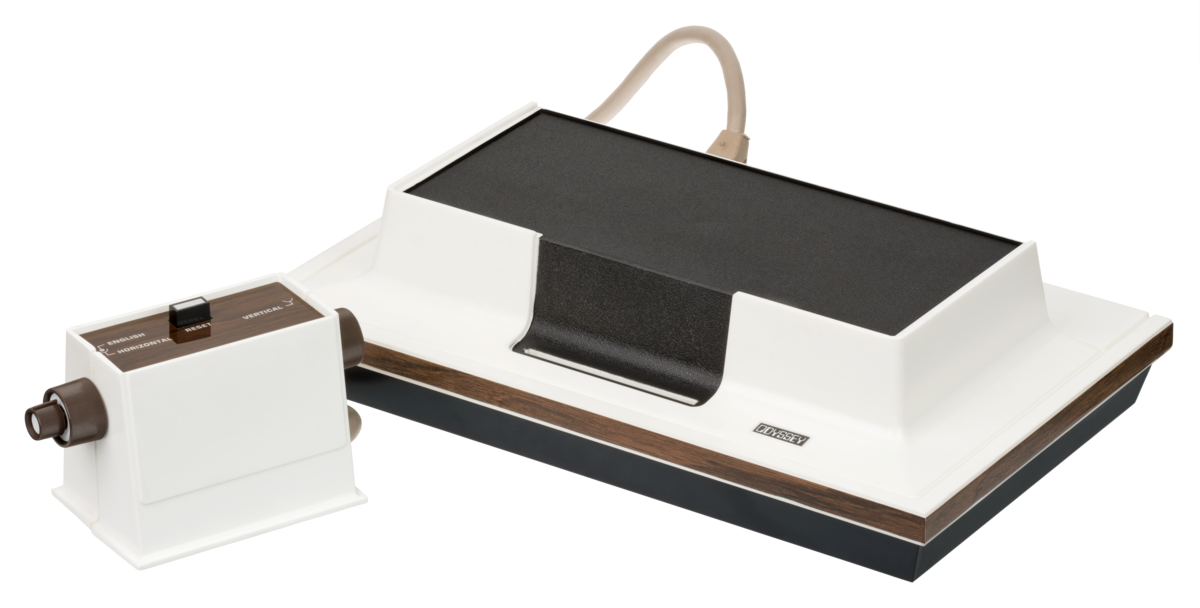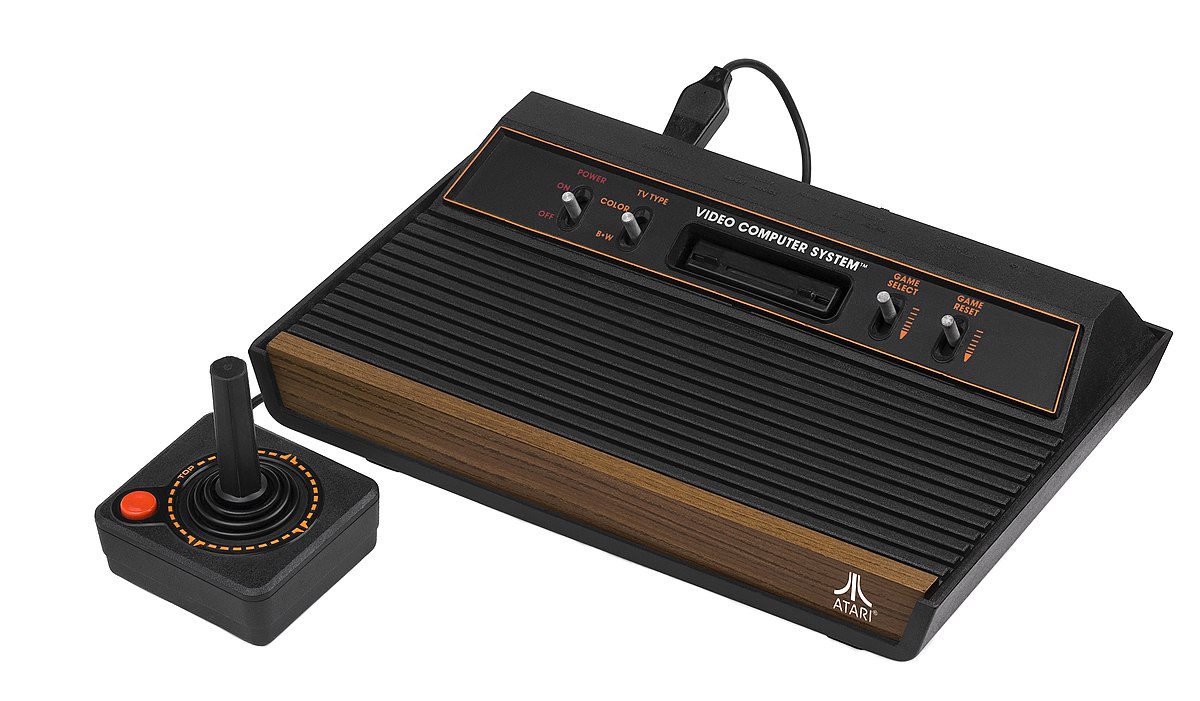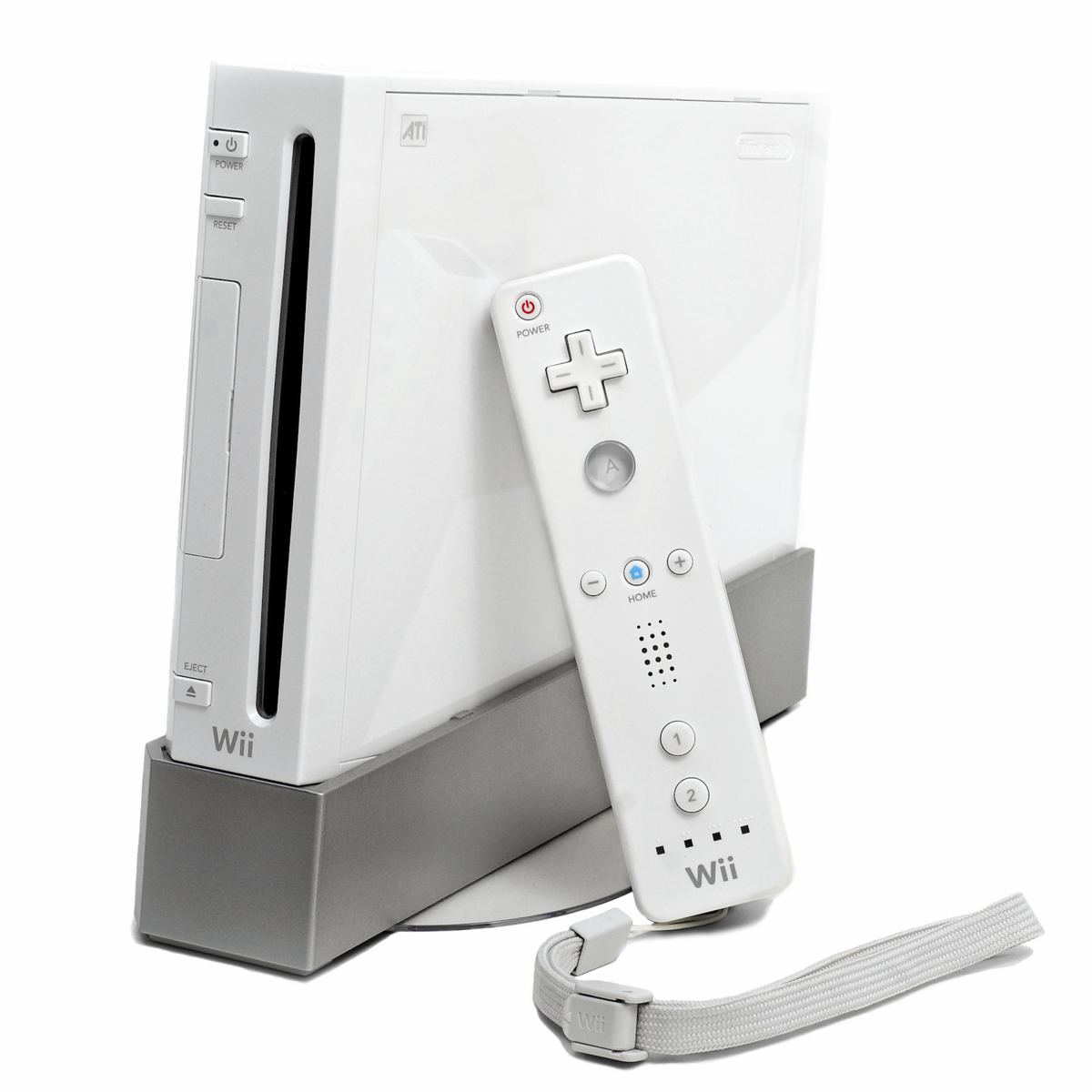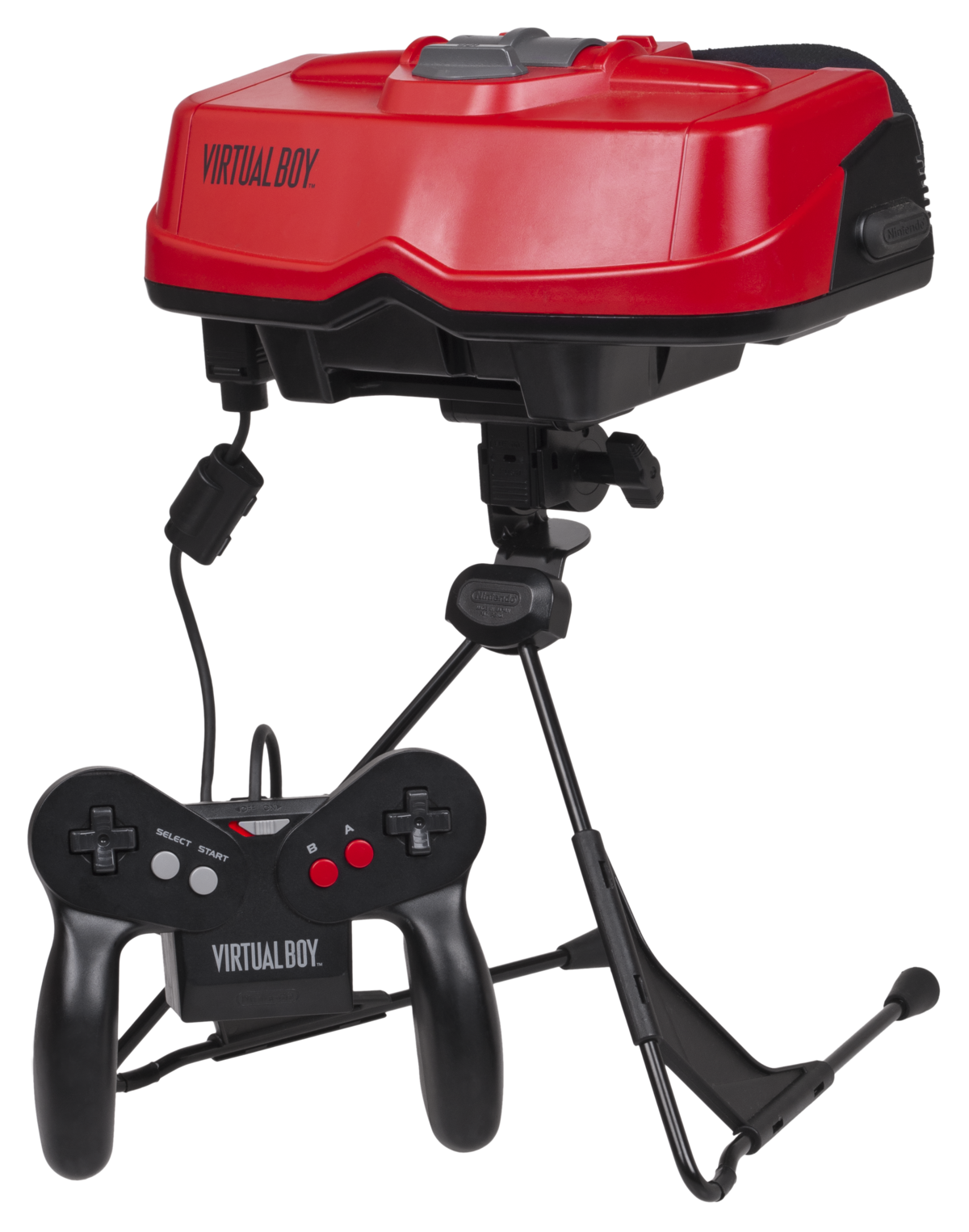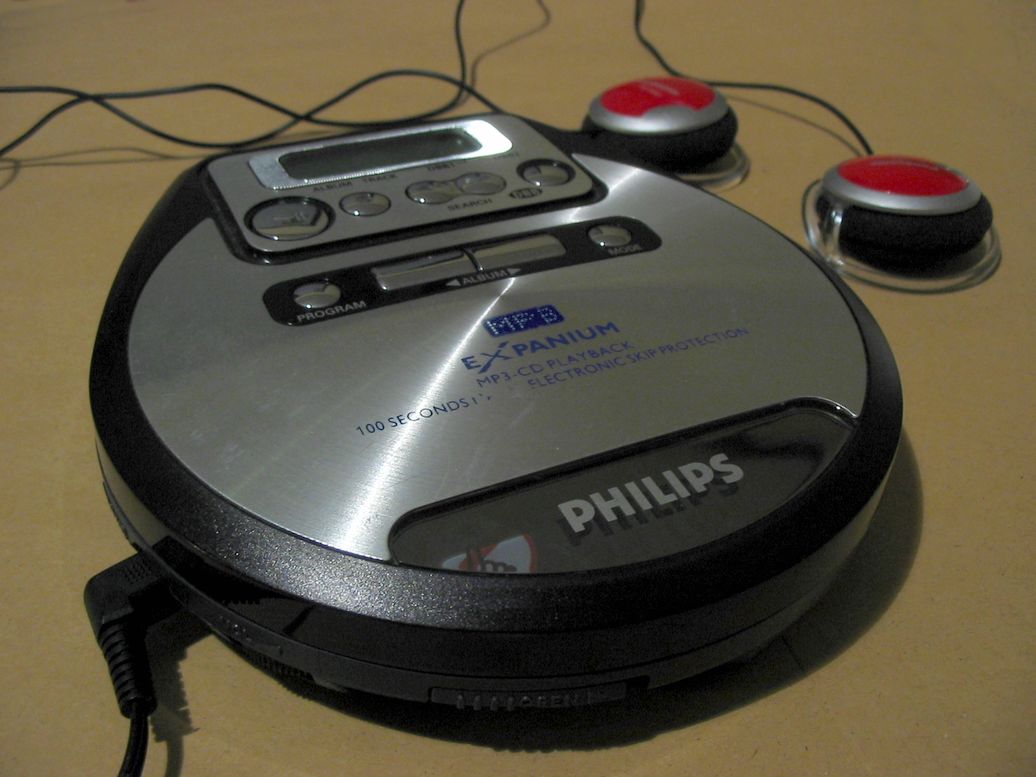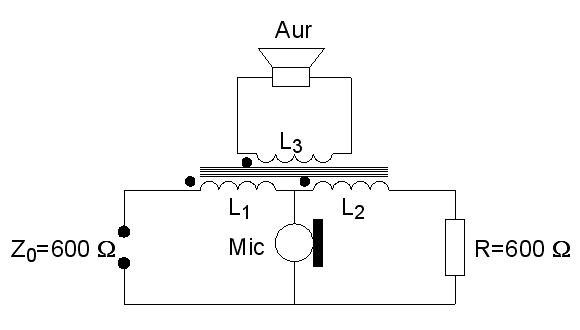The origin of the keyboard was in 1713 when the first typewriter was launched. It was a revolution for the time, as it allowed the workers to write many more words per minute than the manual method and was more comfortable and understood better.
POSITION OF THE KEYS
In the 19th century, the other fundamental component of modern, physical and digital keyboards originated: the order of keys, called QWERTY by the first five of the upper row. The QWERTY keyboard was born to make it write more slowly, because before the letters of the typewriters were jammed. QWERTY has 2 variants:
· Germany: QWERTZ
· France: AZERTY
THE ERA OF COMPUTER
The first brand to develop keyboards for computers was IBM. When computing began to become massive new models appeared, very similar to those available today in the market. From that keyboard to today, there are few modifications. The main ones are the possibility to connect them through the USB port and later the wireless keyboards that use Bluetooth or Wi-Fi to get rid of all the annoying cables altogether.
Today there are two main types of keyboard: physical and digital. The so-called post-PC era brought to the mass audience the touch screens that by the force of habit were forced to adopt the provision of QWERTY keys on their keyboards.
miércoles, 14 de junio de 2017
~CONSOLES~
Ever wondered why someone came up with a console and for what?
How did they improve over time?
There are many models of consoles that are divided into generations:
1. GENERATION: The creators of the first recreational machine were Odyssey and Atari. They were made of circuitry instead of being structured like the computers (they did not have RAM, processors, ...)
The first console to reach homes was the Magnavox Odyssey. It was only marketed in America. This machine already included the system of cartridges interchangeable to be able to play several games. A total of 28 games were taken, which had no sound and it was the player who should remember the scores
2. GENERATION: The ROM is introduced in video game cartridges and joysticks, which allowed better playability.
One of the most notable consoles was the Atari 2600. It was launched in America in October of 1977. This concola consisted of 4 integrated circuits that provided enormous potential. We highlight among its characteristics:
· Central processing unit complete
· Management of graphics and sounds in a circuit called TIA
· Memory supply circuit and input / output control
· Standard CMOS buffer
This console was sold accompanied by 2 joysticks, a pair of paddle-type controllers and a game cartridge. Atari had a big failure because of a game that he believed would be sold, but on the contrary, and had to bury a lot of The ones left over in the New Mexico desert.
3. GENERATION: Due to the failure of the previous generation, the companies began to yield, and the Japanese took advantage. During this generation mainly they faced 2 companies: SEGA AND NINTENDO. They came to 8 bits and that made the graphics better. The strong point were the new games made by these two companies.
An example of a console is the Nintendo Entertainment System. It was marketed by first come to Japan in 1983. What stood out from this console were its games, such as Donkey Kong, Mario Bros or Zelda that could be played for hours. With the Zelda game was introduced the idea that allowed to save up to 3 different games by simply including in the cartridge a small memory powered by a clock battery.
4. GENERATION: The battle between Sega and Nintendo continues, it goes from 8 to 16 bits, which means a great improvement in graphics and an increase in capacity when saving data. In this generation the change of cartridge to CD was introduced.
An example of the generation console is the Sega Mega Drive. It was the first console with 16 real bits. The console was popular in the US due to video games like Sonic Hedgehog.
5. GENERATION: It went from the 16 bits to the 32 bits (although they had 64 bits), improving again the sound and the image. Also introduced were 3D environments that were gradually replacing 2D.
An example of a console at the time is the Play Station. It is from the Sega company and was launched in Japan in December 1994. It had a 32-bit processor and several RAM. It was not the first to include the CD-ROM for the distribution of the games. With this console came longer games and more history, also added memory cards that were keeping the game as you were advancing.
6. GENERATION: It is the age of 128 bits. In this generation it is common for the consoles to be equipped with ergonomic controls and external memories. From this generation the CD is standardized as a means of distribution of games and the connections in network and in the internet are added, which allowed to play online.
An example is the Xbox. It has a 32-bit processor, 64 Mb RAM and a 256-bit GPU and an 8 Gb hard drive. It was a platform that allowed users to play online with anyone in the world who was also connected and download things. Some console owners had fires and burns due to defects in cable designs and power supplies.
7. GENERATION: We go from talking bits to CPUs with multi-core technologies, we introduce a new storage format, the Blu-ray Disc. The wireless controls appear and a new form of control where the control is your body and the WI-FI.
One console at a time is the Wii. The most striking feature is its wireless control, which detects the movements that the player makes from side to side as he points. It has accessories for the command to turn it into a crossbow, piscola, steering wheel, tennis racket, etc ... to make the game more fun.
There are also curious consoles like the Virtual Boy. It was created in 1995 by the interest of people in virtual reality. This game consoles needed to be on a tripod allowed to see 3D images looking through some viewers located in its front part. It could run on batteries or plugged into the mains.
domingo, 11 de junio de 2017
~ DIGITAL AUDIO PLAYER~
The Digital Audio Player, more renowned like MP3, is an electronic device that can play digital audio files. It's a type of portable media player and the term MP3 comes from a format of the same name.
History
In 1981 Kane Kramer asked England a loan for the first digital audio player. In Englad was published in 1987 and in United States in 1987. The users was as big as a credit card and had a small LCD screen, navigation and volume buttons and would have held at least 8 MB of data in a solid state bubble memory chip with a capacity of 3.5 minutes worth of audio. Now, the MP3 have 4.8GB, which hold about 1200 song.
Equipment
Generally speacking, MP3 players are portable and have headphones, alyhough people are increasingly hooking users up to their car and home stereos, sometimes via a wireless connection, there by turning them into portable 'jukeboxes'. Some MP3 players also iclude FM radio tuners.
1981
1999

2017
History
In 1981 Kane Kramer asked England a loan for the first digital audio player. In Englad was published in 1987 and in United States in 1987. The users was as big as a credit card and had a small LCD screen, navigation and volume buttons and would have held at least 8 MB of data in a solid state bubble memory chip with a capacity of 3.5 minutes worth of audio. Now, the MP3 have 4.8GB, which hold about 1200 song.
Equipment
Generally speacking, MP3 players are portable and have headphones, alyhough people are increasingly hooking users up to their car and home stereos, sometimes via a wireless connection, there by turning them into portable 'jukeboxes'. Some MP3 players also iclude FM radio tuners.
1981
1999
viernes, 9 de junio de 2017
~EBOOK~
The Ebook is a version electronic or digital of a book. The name of the people who reads the ebooks is the e-reader. They exist more dispositives that you can use for read in them like a laptop or a PC. This dispositives are exclusive for read. It appears de electronic ink that hace a "paper effect".
History
In 1971 Michael Hart leads the proyect Gutenberg that whants to digitize books and offer them for free. In 1993 Zahur Klemath Zapata registers the first programme of digital books and first digital book is published. Digital book solds the first 50 digital books. In 1995 Amazon starts to sold books throw the internet. In 1998 were in the market to readers of digital books: Rocket Ebook and Softbook. In 2006 Sony created Sony reader with electronic ink. In 2007 Amazon create Amazon Kindle. In 2009 is created booq the first spanish electronic ebook. In 2013 Google created Google Play Books.
Advantages
·you can read in any place
·the electronic ink isn't bad for your eyes
·it doen't spend much battery.
·the paper of the trees isn't necessary for the ebook
Disadvantages
·ebooks aren't independent physical objects
·require initial learning.
·can't be signed by the autor
·they loose the tact of the paper
History
In 1971 Michael Hart leads the proyect Gutenberg that whants to digitize books and offer them for free. In 1993 Zahur Klemath Zapata registers the first programme of digital books and first digital book is published. Digital book solds the first 50 digital books. In 1995 Amazon starts to sold books throw the internet. In 1998 were in the market to readers of digital books: Rocket Ebook and Softbook. In 2006 Sony created Sony reader with electronic ink. In 2007 Amazon create Amazon Kindle. In 2009 is created booq the first spanish electronic ebook. In 2013 Google created Google Play Books.
Advantages
·you can read in any place
·the electronic ink isn't bad for your eyes
·it doen't spend much battery.
·the paper of the trees isn't necessary for the ebook
Disadvantages
·ebooks aren't independent physical objects
·require initial learning.
·can't be signed by the autor
·they loose the tact of the paper
~TABLET~
A tablet is like a laptop, it's bigger than a smartphone. It's integrated in a touch screen used with the fingers. No need with physical keyboard or mouse. The standard format is called blackboard (7-12 inches). The minitablets are similar but of less size (7-8 inches).
History
The first examples of the information tablet concept were shown in StarTrek. Probably based in this tablets, Alan Kay created the concept of Dynabook. but the technology of the epoc didn't the posibility of built a functional dispositive. In 1987 Apple present a video with a futurist tablet. But the true dispositives appear in the XXI century. Microsoft threw the Microsof Tablet PC. In 2001 Nokia developed the Nokia 510 webtablet. In 2010 Apple threw de Ipad , based in the Iphone and it was a sucess. In 2016 all the manufacturers of electronic equipments have done tablets. For example: Polaroid, Samsung, Sony, Toshiba...
Advantages
·easialy use, you don't need a mouse or a keyboard.
·they are more lighter.
·the battery last longer.
Disadvantages
·cost more
·you write more slower than in a keyboard
·you have to move the arm all the time
·the screen can break more easy

History
The first examples of the information tablet concept were shown in StarTrek. Probably based in this tablets, Alan Kay created the concept of Dynabook. but the technology of the epoc didn't the posibility of built a functional dispositive. In 1987 Apple present a video with a futurist tablet. But the true dispositives appear in the XXI century. Microsoft threw the Microsof Tablet PC. In 2001 Nokia developed the Nokia 510 webtablet. In 2010 Apple threw de Ipad , based in the Iphone and it was a sucess. In 2016 all the manufacturers of electronic equipments have done tablets. For example: Polaroid, Samsung, Sony, Toshiba...
Advantages
·easialy use, you don't need a mouse or a keyboard.
·they are more lighter.
·the battery last longer.
Disadvantages
·cost more
·you write more slower than in a keyboard
·you have to move the arm all the time
·the screen can break more easy
lunes, 5 de junio de 2017
~COMPUTER~
The computer is an electronic machine that receives and processes data to convert into useful information that subsequently is sent to the output units.
They have to essential parts:
·hardware: fisic composition (electronic circuits, cables, keyboard...)
·software: intangible part (programmes, details, information...)
Evolution of the computer:
·First generation (1951-1958)
They used bulbs to process information, The operators enter de data and programmes in special codes by means of perforated cards. Internal storage was achieved with a faster rotating drum. Those computers were biggers and they generated more heat than the actual models.
In 1953 they started to built electronic computers with the first example IBM 701 that turned into a commercially viable product.
·Second generation (1959-1964)
The invention of the transistor makes possible a new generation of computers faster, smaller and with less ventilation needs, They used networks of magnetic cores.
·Third generation (1964-1971)
They incorpored integrated circuits in which thousands of electronic components are miniatures. Computers were designed fot mathematical business applications but not for both. The IBM 360 one of the first commercial computers to use integrated circuits, could perform this two things (numerical analysis and administration) at the same time.

·Fourth generation (1971-1984)
This date is marked by the appearence in 1971 oof the first microprocessor by Intel.

·Fifth generation (1984-nowardays)
Invention of the microprocessor, memory chips...
They have to essential parts:
·hardware: fisic composition (electronic circuits, cables, keyboard...)
·software: intangible part (programmes, details, information...)
Evolution of the computer:
·First generation (1951-1958)
They used bulbs to process information, The operators enter de data and programmes in special codes by means of perforated cards. Internal storage was achieved with a faster rotating drum. Those computers were biggers and they generated more heat than the actual models.
In 1953 they started to built electronic computers with the first example IBM 701 that turned into a commercially viable product.
·Second generation (1959-1964)
The invention of the transistor makes possible a new generation of computers faster, smaller and with less ventilation needs, They used networks of magnetic cores.
·Third generation (1964-1971)
They incorpored integrated circuits in which thousands of electronic components are miniatures. Computers were designed fot mathematical business applications but not for both. The IBM 360 one of the first commercial computers to use integrated circuits, could perform this two things (numerical analysis and administration) at the same time.

·Fourth generation (1971-1984)
This date is marked by the appearence in 1971 oof the first microprocessor by Intel.
·Fifth generation (1984-nowardays)
Invention of the microprocessor, memory chips...
viernes, 26 de mayo de 2017
~TELEPHONE~
Antonio Meucci was the inventor of the "telettrófoni" that after was called telephone.
He built a telephone to connect his office with his bedroom because his wife was ill. In 1890 he has published the invent.
The telephone was upgraded with:
· Coal microphone
· Antilocal Luink dispositive
· Disc marker
· Tone marker
· Electric microphone
Funcionament
The convencional telephone has two circuits: the conversation circuit that is the analogues part and the marking circuit that is responsable for the marking and the calls.
Evolution
In the past telephones were bigs and very heavies. They had a disc marker, but with the passing of the time they will upgraded and they had keyboards, they were lighter and smaller.
The boom was the appearing of the smartphones:
· It is a type of phone built on a mobile computing platform, with greater capacity to store data and perform activities. They have touch screen, radio, gallery, apps, camera, calculator, weather, contacts, calendar. Some examples of branchs of smartphones are: iPhones of Apple, Optimus of LG, Blackberry of Blackberry,Moto of Lenovo, Lumia of Nokia, Xperia of Sony, Galaxy of Samsung...
He built a telephone to connect his office with his bedroom because his wife was ill. In 1890 he has published the invent.
The telephone was upgraded with:
· Coal microphone
· Antilocal Luink dispositive
· Disc marker
· Tone marker
· Electric microphone
Funcionament
The convencional telephone has two circuits: the conversation circuit that is the analogues part and the marking circuit that is responsable for the marking and the calls.
Evolution
In the past telephones were bigs and very heavies. They had a disc marker, but with the passing of the time they will upgraded and they had keyboards, they were lighter and smaller.
The boom was the appearing of the smartphones:
· It is a type of phone built on a mobile computing platform, with greater capacity to store data and perform activities. They have touch screen, radio, gallery, apps, camera, calculator, weather, contacts, calendar. Some examples of branchs of smartphones are: iPhones of Apple, Optimus of LG, Blackberry of Blackberry,Moto of Lenovo, Lumia of Nokia, Xperia of Sony, Galaxy of Samsung...
viernes, 19 de mayo de 2017
~RADIO~
 In 1876 it was discovered that sound could be listened through a cable but it was at the end of the XX century when they achieved the transmission of human voice, causing a big change.
In 1876 it was discovered that sound could be listened through a cable but it was at the end of the XX century when they achieved the transmission of human voice, causing a big change.Marconi's knowledge let the signals to spread for 20 km, a big achievement for that period and for the evolution of the radio.
In Latin America the radio arrived on august 27th, in 1920 in Buenos Aires. The first transmission was a Richard Wagner's Opera. In Mexico it was in 1930 with the first commentator: Arturo de Córdoba.
Nowardays everybody can listen to the radio because it is much more accesible.
The actual radios are more moderns andhave more channels that sometimes have a spokeperson. The most famous channels now in Spain are:
1. Cadena 100
2. Los 40
3. Europa FM
viernes, 7 de abril de 2017
~ELEVATOR PROJECT~
We have done an elevator at our technology class. We choose this project because our teacher said that it was a great idea. Here we are going to explain how to make it.
~MATERIALS~

Shaft of the elevator:
-Plywood (30cm) x3
-Base of plywood
-Sprays (grey and black)
Box of the elevator:
-Plywood x5 (x2 of 10cm and x3 15cm)
-Thread of fishing
Mechanism:
-Nail
-Silicone
-Three circles of plywood (2 big and one small)
-Motor
-Gears
-Switch

~HOW TO MAKE THE SHAFT OF THE ELEVATOR~
We pin with nails the three plywood between them and after we pin the box on the base and we paint it with some sprays.
~HOW TO MAKE THE BOX OF THE ELEVATOR~
Like the shaft of the elevator we pin the five plwood between them. Also we paint it and we make a hole in the top of the box.
~MECHANIMS~
After do the hole on the top of the box we bring in the thread of fishing and we seal it. Also with the circle of plywood we make a pulley and we put them on the top of the shaft.
For what the elevator move up and down we have to do a circuit. We take the battery and conect to a motor by two switch.
HOW DOES IT WORK?
To work we had to place two wires that went through a switch but we had a problem, couldn't go down and up in the same way so, to go up we had to connect a wire to the positive and another to the negative, obviusly, and to go down ou have to put them backwards, as in the example.

~MATERIALS~
Shaft of the elevator:
-Plywood (30cm) x3
-Base of plywood
-Sprays (grey and black)
Box of the elevator:
-Plywood x5 (x2 of 10cm and x3 15cm)
-Thread of fishing
-Nail
-Silicone
-Three circles of plywood (2 big and one small)
-Motor
-Gears
-Switch

~HOW TO MAKE THE SHAFT OF THE ELEVATOR~
We pin with nails the three plywood between them and after we pin the box on the base and we paint it with some sprays.
~HOW TO MAKE THE BOX OF THE ELEVATOR~
Like the shaft of the elevator we pin the five plwood between them. Also we paint it and we make a hole in the top of the box.
~MECHANIMS~
After do the hole on the top of the box we bring in the thread of fishing and we seal it. Also with the circle of plywood we make a pulley and we put them on the top of the shaft.
For what the elevator move up and down we have to do a circuit. We take the battery and conect to a motor by two switch.
HOW DOES IT WORK?
To work we had to place two wires that went through a switch but we had a problem, couldn't go down and up in the same way so, to go up we had to connect a wire to the positive and another to the negative, obviusly, and to go down ou have to put them backwards, as in the example.

~LIGHTHOUSE PROJECT~
In our technology class we have done a lighthouse. Here I'm going to explain all the things we did.
INTRODUCTION:
~THINGS YOU NEED TO MAKE IT~
-a plastic bottle
-small light
-wire
-battery
-colour cardboard
-wood base
-insulating tape
-switch


~ WHAT ARE IT DIMENSIONS?~
It isn't very big, the base is about 15x20cm approximated
~WHAT IS IT FUNCTION?~
The function is light, you can use it like a lamp

TECHNICAL ANALYSIS:
~HOW MUCH IS THIS PRODUCT SOLD?~
To make it you haven´t got to spend much money
~HOW MUCH DOES IT COST IN THE SHOPS?~
You can´t buy it on shops, but you can make it on your house with cheaper materials
SOCIO-ECONOMIC ANALYSIS:
~ANALYSIS OF FORM~
-What are it exterior measurements?
Base: 33x26cm
Lighthouse: 18cm of height
-What shape is it?
The light house is cylindrical, and the electric power is cube-shaped
~ANALYSIS OF FUNCTION~
A lighthouse is used as a reference and coastal warning for sailers. They are crowded by a powerful lamp that serves as a guide.
-How does it work?
It has a battery connected by wires that transmit energy to a light. You can turn on or turn off the light with a switch. Is similar to a lamp.
-Problems
If you don´t connect correctly the wires, the light will not light
ELEMENTS
-light bulb: emits light
-battery: emits energy
-wires: transmit energy
-switch: turn off or turn on the light


INTRODUCTION:
~THINGS YOU NEED TO MAKE IT~
-a plastic bottle
-small light
-wire
-battery
-colour cardboard
-wood base
-insulating tape
-switch


~ WHAT ARE IT DIMENSIONS?~
It isn't very big, the base is about 15x20cm approximated
~WHAT IS IT FUNCTION?~
The function is light, you can use it like a lamp
TECHNICAL ANALYSIS:
~HOW MUCH IS THIS PRODUCT SOLD?~
To make it you haven´t got to spend much money
~HOW MUCH DOES IT COST IN THE SHOPS?~
You can´t buy it on shops, but you can make it on your house with cheaper materials
SOCIO-ECONOMIC ANALYSIS:
~ANALYSIS OF FORM~
-What are it exterior measurements?
Base: 33x26cm
Lighthouse: 18cm of height
-What shape is it?
The light house is cylindrical, and the electric power is cube-shaped
~ANALYSIS OF FUNCTION~
A lighthouse is used as a reference and coastal warning for sailers. They are crowded by a powerful lamp that serves as a guide.
-How does it work?
It has a battery connected by wires that transmit energy to a light. You can turn on or turn off the light with a switch. Is similar to a lamp.
-Problems
If you don´t connect correctly the wires, the light will not light
ELEMENTS
-light bulb: emits light
-battery: emits energy
-wires: transmit energy
-switch: turn off or turn on the light

Suscribirse a:
Comentarios (Atom)




